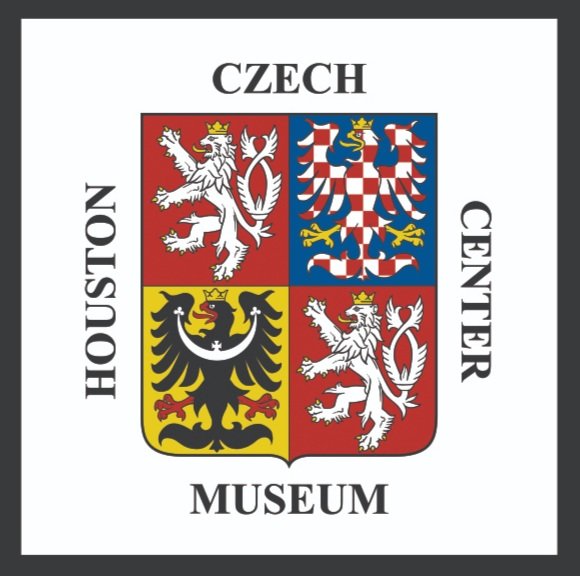When Cubism was emerging, it was called 'New Art'. The term Cubo-Expressionism was coined in the early 1970s to describe Czech avant-garde art in the 20th century, when elements of Cubism and Expressionism were combined. The move towards Cubism was encouraged by theoretical writings which established a connection between crystalline geometrical forms and spirituality. Some believed objects carried their own inner energy which could only be released by splitting the horizontal and vertical surfaces that restrain the conservative design and “ignore the needs of the human soul.” The movement was a revolt from earlier art forms.
Bohumil °łÜ˛úľ±ĹˇłŮ˛ą, Fakir Taming Snakes, 1915
Mediums
The style was applied to furniture, objects, monuments, and architecture, ultimately leading to new hybrid styles. In architecture, Cubist buildings became a staple in Czechoslovakia. Glass was another popular medium. Furniture required new construction methods due to the sharp angles and bends. Yet, ceramics remained the most popular selling item, and ´ˇ°ůłŮÄ›±ô, an art studio founded in 1908 as a production association on the model of the Wiener °Â±đ°ů°ě˛őłŮäłŮłŮ±đ, became the institutional background of Cubism..
cubist apartment building, 1921, Prague
Group of Plastic Artists
The fusion of Cubist fragmentation of form and Expressionist emotionalism is seen particularly in the work of the members of the Group of Plastic Artists. They were a group of progressive Czech artists that broke away from the Mánes Union in Prague in 1911 and prospered up to the First World War. The most prominent members of the group were Vincenc µţ±đ˛Ô±đš (1893–1979), Josef ÄŚ˛ą±č±đ°ě, Emil Filla, Otto Gutfreund, and AntonĂn ±Ę°ů´Çł¦łóáłú°ě˛ą (1882–1945). They were familiar with current work abroad, particularly in France, and promoted avant-garde styles in Czechoslovakia. The art historian Vincenc °°ů˛ąłľĂˇĹ™ (1877–1960) was associated with the group, and he formed a massive collection of Cubist art he donated to the country.
Spreading of Cubism
As artists brought ideas from Paris to Czechoslovakia, photographs of the works of Picasso and Braque were published in UmȇleckĂ˝ mȇsĂĉnĂk (Art Monthly), published by the Group of Graphic Artists in 1911–14. Photographs were a major milestone in the translation from Cubism to Cubo-Expressionism. Another major source of translation were period texts and publications that brought information about Cubism.
Marcel Janco, Portrait of Davidescu
Pavel ´ł˛ą˛Ôá°ě
Pavel ´ł˛ą˛Ôá°ě was a Czech modernist architect, furniture designer, town planner, professor, and theoretician who worked with Bohemian crystal to create stunning Cubist art pieces. His early designs were influenced by Wagnerism and Czech modernism, but he later criticized these styles for being unduly rational and no longer an art form. His 1911 article, “Hranol a pyramida” (The Prism and the Pyramid), published in UmÄ›leckĂ˝ mÄ›sĂÄŤnĂk, became the theoretical foundation of architectural cubism, inspired primarily by Picasso’s art, crystalline natural shapes, late Gothic architecture, and Santini’s Baroque Gothic. He believed diagonals are the basis of the spiritual quality of the designed object. In 1918, Janak proclaimed the discovery of typically Czech architectural forms, emerging from a sociologically conceived study of the customs of Czech family and social life. A hybrid style emerged in 1920-23, a negation of prewar Cubism, described as the “national style” or “Rondo-Cubism.”
Pavel ´ł˛ą˛Ôá°ě, box with a lid, 1911
Written by Jaime Johnston
Aurea, Via. “Pavel ´ł˛ą˛Ôá°ě.” Pavel ´ł˛ą˛Ôá°ě | Architects | KrálovĂ©hradeckĂ˝ architektonickĂ˝ manuál. Accessed May 19, 2023. https://kam.hradcekralove.cz/en/architect/162-pavel-janak.
“Cubo-Expressionism.” Oxford Reference. Accessed May 19, 2023. https://www.oxfordreference.com/display/10.1093/oi/authority.20110803095652808;jsessionid=C6CC1EE315BBFEE4EF424AA4E54EC3DA.
“Group of Plastic Artists.” Oxford Reference. Accessed May 19, 2023. https://www.oxfordreference.com/display/10.1093/oi/authority.20110803095909937#:~:text=A%20splinter%20group%20of%20progressive,Proch%C3%A1zka%20(1882%E2%80%931945).
Lahoda, Vojtech. “Cubism Translated? The Western Canon of Modernism and Central/Eastern European Art History.” Art in Translation 2, no. 2 (2010): 223–38. https://doi.org/10.2752/175613110x12706508989532.
Museum of Decorative Arts in Prague. “Czech Cubism - Google Arts & Culture.” Google. Accessed May 19, 2023. https://artsandculture.google.com/story/czech-cubism-museum-of-decorative-arts-in-prague/MgWxXGlxgmXRSg?hl=en.




